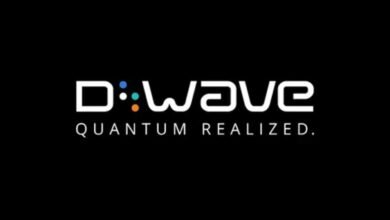More Than 1 in 4 U.S. Adults with Diabetes Now Use Ozempic-like Drugs, CDC Reports

ATLANTA – In a clear sign of the drugs’ soaring popularity, more than one in four U.S. adults with diabetes used a GLP-1 medication like Ozempic or Mounjaro last year, according to a new report released Thursday by the U.S. Centers for Disease Control and Prevention (CDC).
The findings, from a nationally representative survey, provide the first official government data on the widespread adoption of the highly effective injectable treatments. The GLP-1 class of drugs, which includes Eli Lilly’s Mounjaro and Novo Nordisk’s Ozempic, is approved for treating type 2 diabetes. They are also marketed for weight loss under the brand names Zepbound and Wegovy, respectively.
The drugs work by mimicking a gut hormone that regulates blood sugar, slows digestion, and helps patients feel full for longer.
According to the CDC report, use of the drugs was highest among adults with diabetes aged 50 to 64, with 33.3% of this group reporting use, likely reflecting a higher disease burden. The adoption rate was 25.3% for adults aged 18 to 34 and 20.8% for those 65 and older.
“This is the first time we’ve asked about these blockbuster drugs in our survey,” a CDC summary noted, highlighting the need to track the real-world use of these transformative therapies.
The survey also revealed significant demographic trends:
-
Hispanic adults with diabetes had the highest rate of GLP-1 use at 31.3%.
-
Black non-Hispanic and White non-Hispanic adults followed at 26.5% and 26.2%, respectively.
-
Asian non-Hispanic adults had the lowest reported use at 12.1%, which the report suggests may reflect disparities in healthcare access or adoption.
The data also indicates that doctors are frequently integrating GLP-1s into broader treatment plans. Roughly 31% of patients on insulin and 28% of those on oral diabetes medications also reported using a GLP-1 drug.
Despite their effectiveness, the high cost of the treatments remains a point of public discussion. The drugs carry a list price of approximately $1,000 for a month’s supply, a factor that continues to fuel debate even as their use becomes increasingly common.





